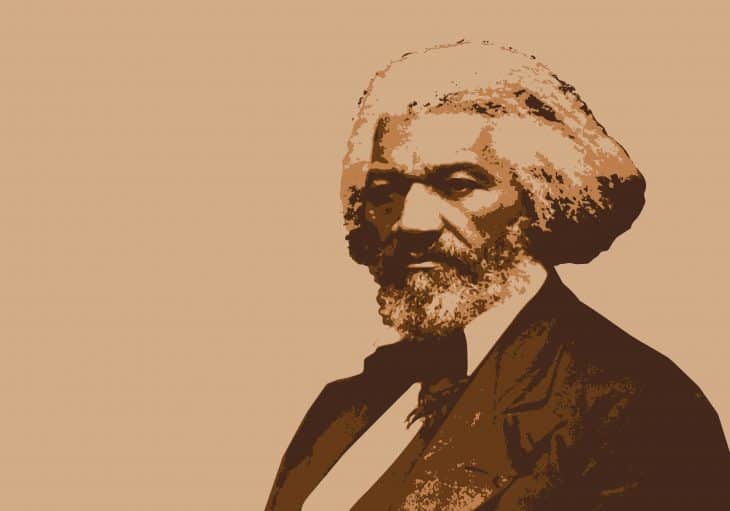
Most Black Americans take pride in knowing some of the most iconic Frederick Douglass facts. Aside from his dedication to empower various movements, Douglass further proved his determination during the Civil War. He committed most of his life to change the course of history. However, not all of us know where it all started.
Douglass was a slave. He was not able to attend school, unlike most children. Thanks to the kind wife of a slave owner in Baltimore, he learned to read the alphabet. When the woman’s husband interrupted her classes, Douglass sought other ways to pursue his education.
He would ask White children to teach him to read in exchange for bits of bread. He learned to talk eloquently as a result of this, which helped him in his future career as a speaker, abolitionist, and renowned author. When we say Douglass dedicated his whole life to shaping the America that we know of today, we meant it. Even while he served as a slave, Frederick Douglass found ways to contribute to his community.
Despite all his impressive feats, you must know that he did not ooze perfection. While he did commit his life to freedom, Douglass failed to escape the temptations that made him human. If you want to know more about the abolitionist’s colorful life, just check out our list of Frederick Douglass facts. It will surely inspire you to make a difference in the world in your own way!
- In 1818, Douglass was born into slavery in Talbot County, Maryland.
- After they both broke free from their owners, Frederick Douglass and Anna Murray got married on September 15, 1838.
- After becoming a free man, Douglass chose February 14 as his official birthday.
- In 1843, Frederick Douglass joined the American Anti-Slavery Society’s Hundred Conventions project.
- Douglass fathered five children from his first marriage with Anna Murray.
- Douglass’ first wife, Anna Murray, helped her husband execute his plan to escape from slavery.
- Frederick Douglass’ real full name was Frederick Augustus Washington Bailey.
- His mother, Harriet Bailey, was of Native American descent.
- The well-known abolitionist changed his last name from Bailey to Douglass after finally becoming a free man.
- For most of his life, Frederick Douglass fought for women’s rights.
- Douglass aimed to completely end slavery.
- As a speaker, Douglass used his time as a slave to grab the attention of more listeners.
- Journalist William Lloyd Garrison convinced Douglass to speak for the abolitionist movement.
- Unfortunately, the former slave suffered from different forms of assault during the six-month tour of the “Hundred Conventions” project.
- One of Douglass’ famous autobiographies includes the book, “My Bondage and My Freedom.”
- Douglass’ rumored father, Aaron Anthony, had more Caucasian features despite having African roots.
- During the Republican National Convention in 1888, Frederick Douglass received the first known presidential vote for an African-American man.
- Douglass attended the renowned Seneca Falls Convention in 1848 as the only African-American amongst the crowd.
- American historian Carter G. Woodson suggested that the celebration of Negro History Week coincide with Frederick Douglass’ chosen birthday, February 14.
- During the early 1850s, Douglass began an unlikely friendship with British abolitionist Julia Griffiths.
Frederick Douglass proudly took part in fighting for women's suffrage.

In July 1848, various men and women attended the famed Seneca Falls Convention in New York to discuss the women’s suffrage movement. The few men present included Frederick Douglass. After the gathering, Douglass included the women’s suffrage movement in the many causes he fought for.
However, Douglass openly disagreed with women suffrage leaders Elizabeth Cady Stanton and Susan B. Anthony when it came to supporting the passing of the Fifteenth Amendment.
Nevertheless, he remained friends with the two women and continued to uphold his support for women’s suffrage. In 1888, Douglass recalled his attendance in the Seneca Falls convention while delivering his speech in front of the International Council of Women in Washington, D.C.
During his stay in England in 1846, Douglass delivered his famous London Reception Speech.
Frederick Douglass attracted large crowds during his many lectures around Great Britain and Ireland. During his two-year tour, Douglass delivered his famous London Reception Speech at Alexander Fletcher’s Finsbury Chapel in May 1846.
There, the famous abolitionist compared how people in England and America treated him differently. Americans regarded Douglass based on his skin color, whereas the English treated him not “as a color, but as a man.”
A young Frederick Douglass traded pieces of bread to gain knowledge from books.
While growing up as a slave, Douglass was not able to attend school, unlike most children. However, he learned to read the alphabet, thanks to the kind wife of a slave owner in Baltimore. When the woman’s husband stopped her classes, a young Douglass found different ways to continue his studies.
According to the, “Narrative of the Life of Frederick Douglass,” a young Douglass always carried a book with him while running errands. He then traded pieces of bread with white children in exchange for teaching him to read his book. With this, he learned to speak eloquently which helped his career as a speaker.
The Columbian Orator influenced Frederick Douglass' views on fighting for human rights.

This fact might be one of the most uncommon Frederick Douglass facts that we know of. Before he even thought about escaping slavery, a young Douglass managed to obtain a copy of “The Columbian Orator.” The book contains a selection of essays, dialogues, and speeches about controversial topics like slavery.
Aside from Douglass, the book heavily influenced former U.S. President Abraham Lincoln‘s career in politics. After its publication in 1797, several schools in America added “The Columbian Orator” to their curriculums.
A teenage Douglass arranged classes to help some of his fellow slaves to read.
To emphasize the abolitionist’s kindness, our compilation of Frederick Douglass facts includes his support for the education of his fellow Black Americans. While in his early teens, Douglass taught his fellow slaves how to read. He conducted secret classes during this time working for a farmer named William Freeland.
After some time, the locals gathered to stop Douglass from learning of his secret classes. Despite this, Douglass remained determined in teaching his fellow slaves, and continued to arrange secret classes in different locations.
Douglass established an abolitionist newsletter that he named the North Star.

In 1847, the establishment of newspaper, The North Star, became the most well-known Frederick Douglass facts in most history books. The famed Black activist began his first anti-slavery publication.
He named it after the bright star Polaris that guides slaves to freedom in the North. Douglass eventually merged The North Star with the Liberty Paper to launch Frederick Douglass’ newspaper.
He used his newspaper publication to address his former owner, Thomas Auld.
Using “The North Star,” Frederick Douglass published an open letter to his former owner, Thomas Auld. In it, Douglass laid out his emotions about the cruelty of slavery. He also addressed his time as a slave under Auld, and stated one of his famous quotes, “I am your fellow man, but not your slave.”
Douglass came up with his new name after reading the famous poem The Lady of the Lake.
As mentioned earlier in our Frederick Douglass facts list, the famous Black activist came into the world as Frederick Augustus Washington Bailey. To avoid unwanted attention, the escaped slave went by a different name. At first, Douglass hoped to use the surname “Johnson” but found it far too common.
While at New Bedford, Massachusetts, ironically, a man named Nathan Johnson hosted Douglass. Mr. Johnson helped the former slave come up with the name, “Douglass,” a character from Sir Walter Scott’s poem “The Lady of the Lake.”
Frederick Douglass was the 19th century's most photographed man from America.
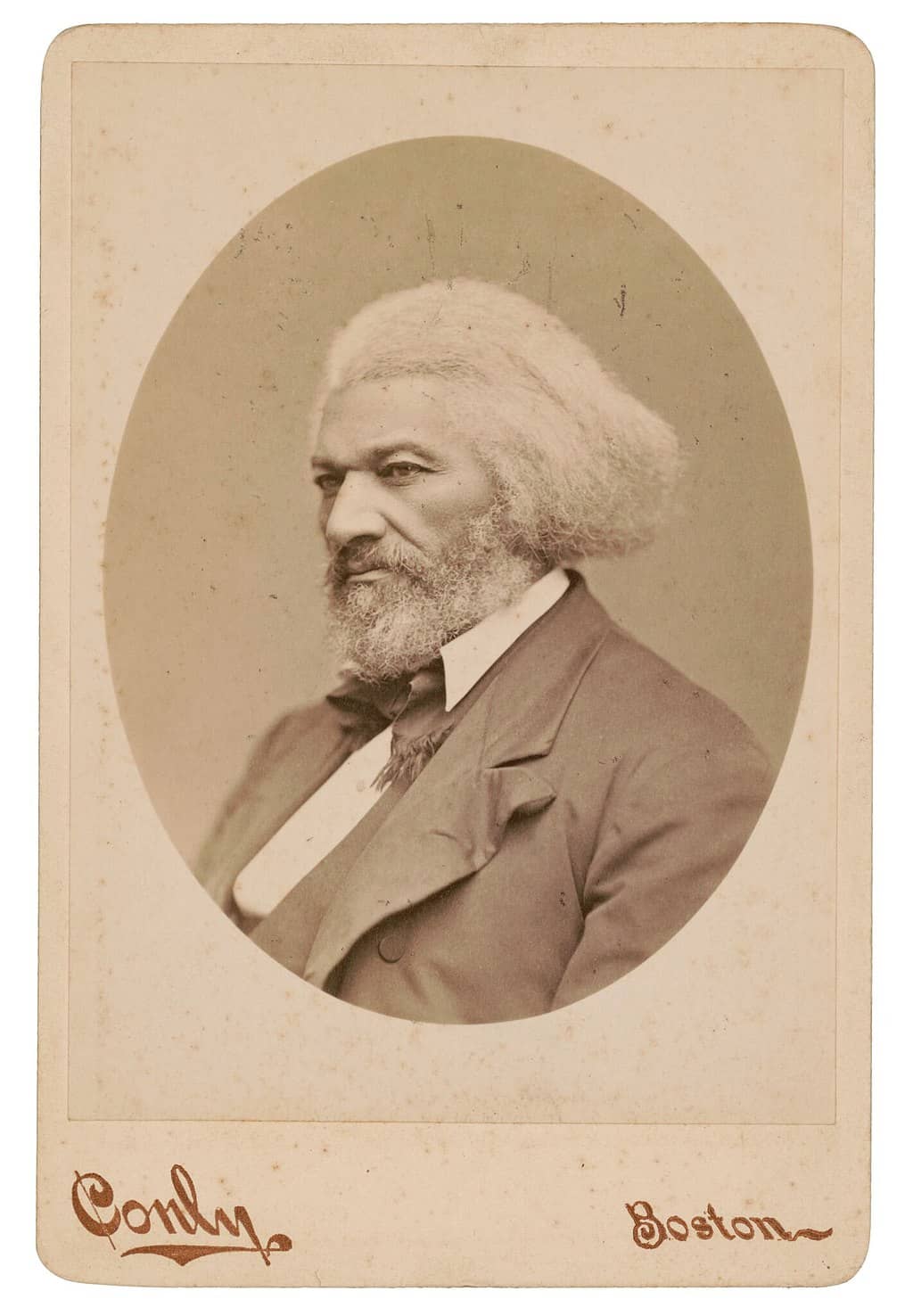
You probably noticed this particular fact about Frederick Douglass and his many portraits. Douglass got photographed for about 160 times more than Abraham Lincoln and Walt Whitman combined. He then proceeded to give away his pictures for free during different talks and lectures to change people’s opinions about his race.
He loathed America's Independence Day.
During his eventful life, Frederick Douglass would rather be caught dead than celebrate America’s Independence Day. He hated it so much that he delivered a controversial speech to a group of abolitionists in Rochester, New York the day after the holiday in 1852.
He openly mocked the crowd for inviting a former slave to talk about the celebration of the Independence Day of the country that enslaved him. From then on, Douglass remained adamant on refusing to commemorate the 4th of July until all slaves were completely free.
Douglass convinced Black soldiers to sign up for the Civil War.
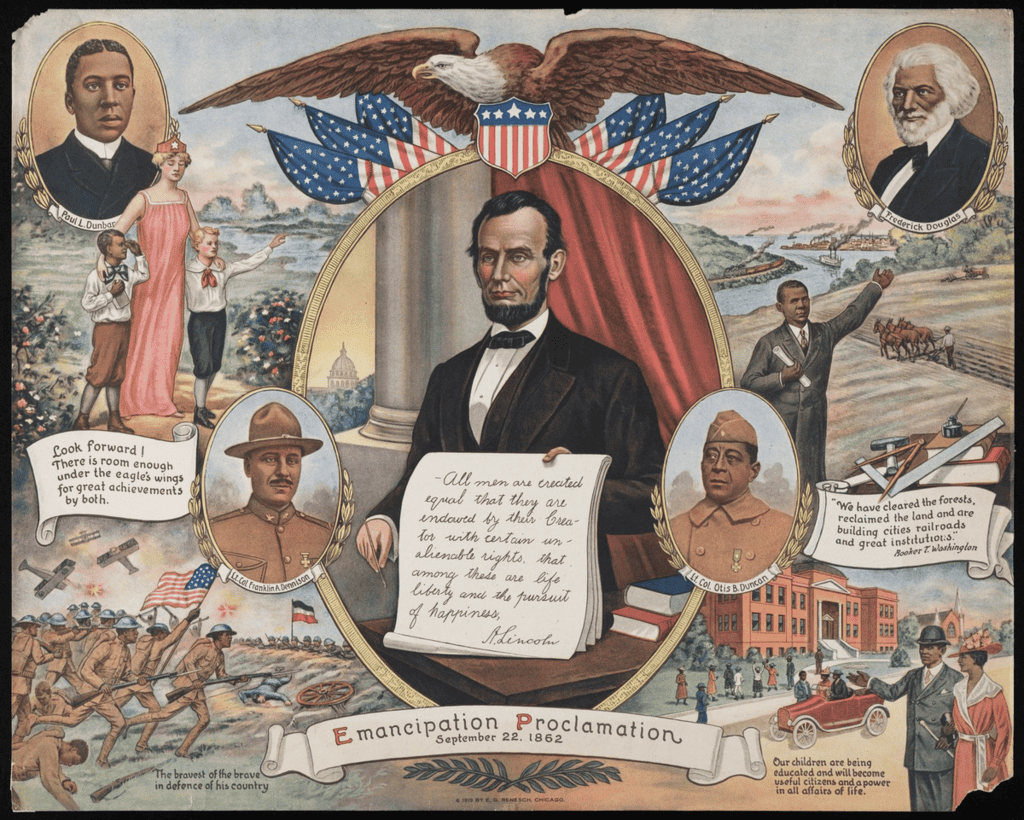
This particular part of our Frederick Douglass facts list sheds light on the iconic figure’s notable contribution to the Civil War. Douglass already gained fame as a famous abolitionist, when the chaotic time began in 1861. He used his newspaper to call upon President Lincoln’s attention, stating, “Let the slaves and free colored people be called into service, and formed into a liberating army, to march into the South and raise the banner of Emancipation among the slaves.”
After the signing of the Emancipation Proclamation, Douglass encouraged many Black soldiers to enlist. Determined to see the Union army’s win, Douglass also urged his two sons to join the 54th Massachusetts Regiment.
Frederick Douglass worked for five different US presidents.
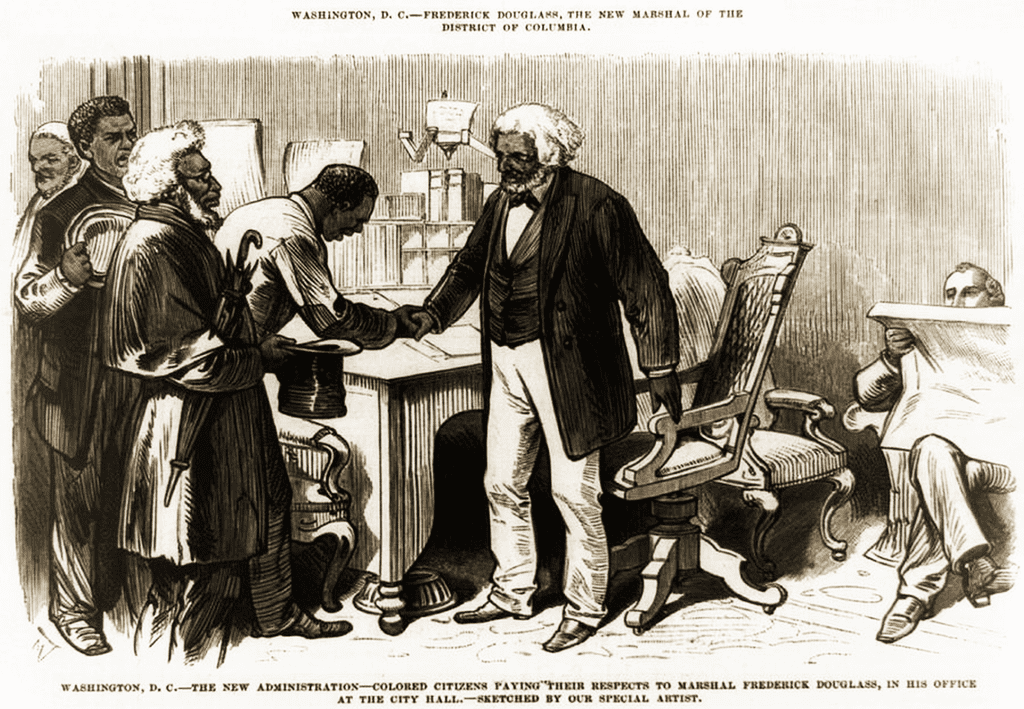
Determined to dedicate his whole life to the causes he fought for, Douglass worked in high-ranking federal positions under five US presidents in his later years. He worked under former President Rutherford B. Hayes in 1877. Afterward, he worked for Presidents James A. Garfield, Chester A. Arthur, Grover Cleveland, and Benjamin Harrison.
Some of Douglass’ duties included working as a U.S. Marshal for the Record Of Deeds for D.C. He also got assigned to work as the Minister Resident and Consul General to Haiti.
He received a nomination to run as the next US Vice President.
During the Equal Rights Party in 1872, Douglass received a nomination to be the next Vice President of the USA. The ticket would’ve made him Presidential candidate Victoria Woodhull’s running mate.
However, Douglass turned down the offer due to the fact that the nomination pushed through without his consent. Plus, Woodhull’s candidacy sparked outrage not only because of her gender but because of her age if she gets inaugurated.
His marriage to Helen Pitts sparked controversy.
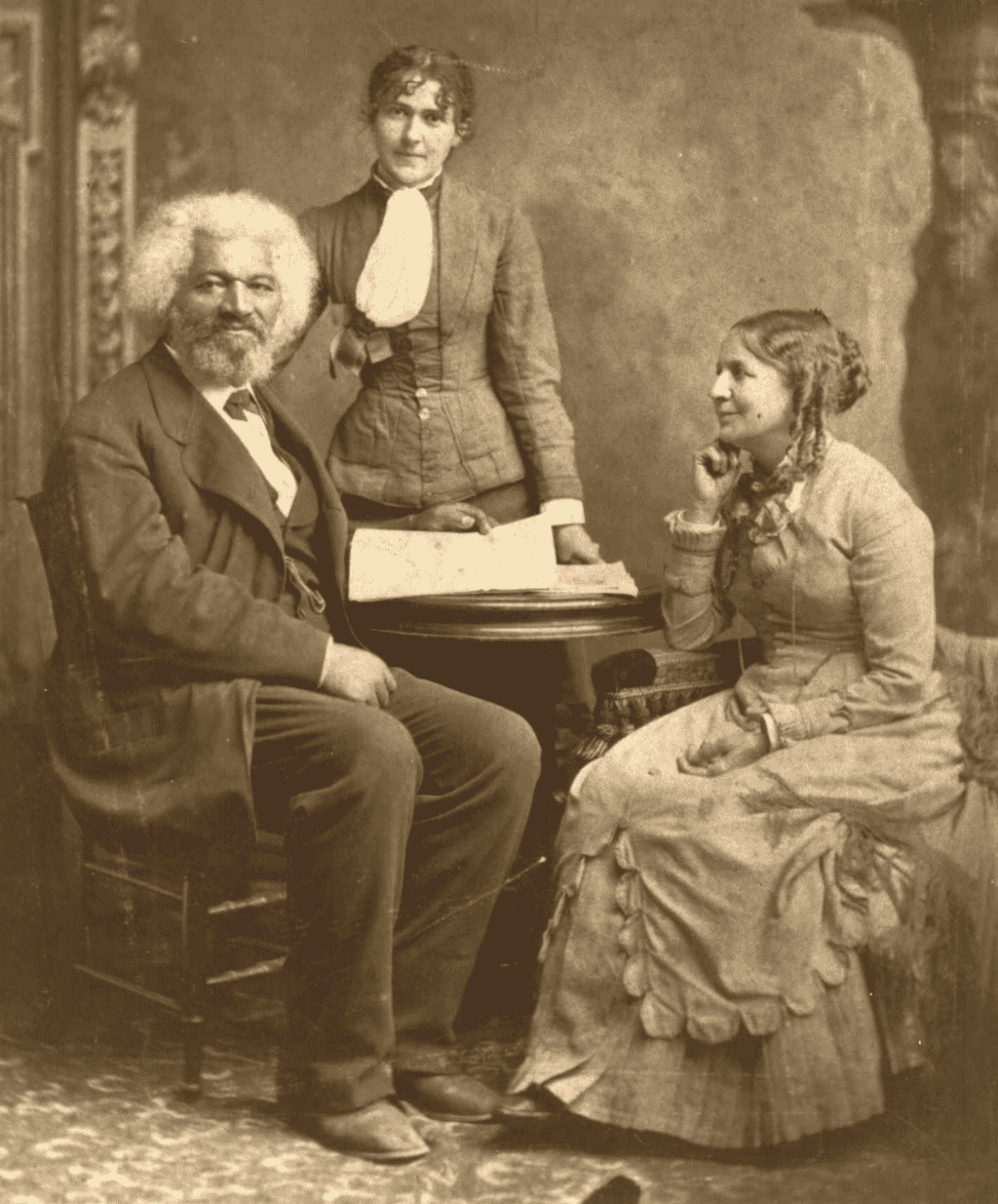
In 1882, Anna Murray-Douglass passed away after suffering from a stroke. Two years since becoming a widow, Douglass shocked the nation when he married Helen Pitts, a white woman who was 20 years younger than him. She gained notoriety for being a known abolitionist and feminist. Despite being born in a family of abolitionists, Pitts’ family disowned her when she tied the knot with the former slave.
Douglass’ marriage to Pitts also sparked outrage among the Black community at the time. It baffled them to know that one of the most important black Americans exchanged vows with a White woman.
Despite the immense disapproval of their loved ones and supporters, the couple remained happily married until Douglass’ death in 1895.
“The Narrative of the Life of Frederick Douglass” eventually lost its popularity.
Frederick Douglass’ controversial autobiography, “The Narrative of the Life of Frederick Douglass,” eventually lost its spark on bookshelves. During its release in 1845, around 5000 copies got sold out in just a few months.
The autobiography also gained fame when it was printed in Ireland and Britain. Unfortunately, the autobiography’s fame faded after the Civil War. Nowadays, you can easily search for a modernized copy of “The Narrative of the Life of Frederick Douglass” for free online.
US President Abraham Lincoln warmly welcomed Frederick Douglass to the White House.
It may not seem much nowadays, but this part of our list of Frederic Douglass facts sparked various debates in 1863. At that time, a determined Douglass dropped by the White House without a prior appointment.
The abolitionist sought an audience with President Abraham Lincoln to discuss the tragedies that befell the Black soldiers who fought for the Union troops.
At the White House, Douglass saw a long line of people who also hoped to meet with the President on short notice. However, when Douglass sent his card, Lincoln immediately summoned the Black activist inside his office. Witnesses could only whisper as Douglass received a warm welcome as they waited for their turn with the nation’s leader.
Frederick Douglass had a long-distance love affair with German journalist Ottilie Assing.
Now, this section of our Frederick Douglass facts list shocked us because of the mixed accounts throughout history. Some claim the two only formed an unlikely friendship while others stuck with the long-distance affair story. Only one thing’s for sure on the summer of 1856. A relationship bloomed after a 37-year-old German journalist named Ottilie Assing interviewed Frederick Douglass at his home in Rochester, New York.
For about 26 years, Douglass exchanged intimate letters with Assing while still married to his first wife, Anna Murray. The two spent their summers either at Douglass’ home in New York, or at Assing’s residence in New Jersey.
Despite their long-term affair, Assing made a rift in her relationship with Douglass by believing that the Whites will remain superior to the black community. They finally ended their affair during the height of the Civil War.
Frederick Douglass suffered from dissidents during his time in the American Anti-slavery Society.
After meeting William Lloyd Garrison, Frederick Douglass agreed to join the American Anti-Slavery Society. He then took part in the group’s “Hundred Conventions” project in hopes of gathering more supporters.
Unfortunately, his time in the six-month tour around the U.S. states left Douglass scarred for life. Various dissidents of the abolitionist movement assaulted Douglass and his group.
While in Pendleton, Indiana, Douglass and his group suffered from a brutal attack. His injuries eventually healed, but one of Douglass’ hands never regained its full strength since then.
Douglass lost a lot of his prized possessions in a tragic fire.
In 1877, an unknown arsonist burned Douglass’ beloved home in Rochester, New York. Douglass was visiting Washington, D.C., unaware that his and his family’s belongings perished in a fire. The flames destroyed decades’ worth of letters and work that included the only known complete set of the abolitionist’s newspapers.
The books, photographs, and furniture that survived the tragic fire got sent to Douglass’ new home in Cedar Hill. He and his family moved to the property wherein he stayed to his final days.
The "D" in an independent Black-owned urban contemporary radio station stands for Douglass.
Frederick Douglass considered Rochester, New York home as he fought for the various causes he believed in throughout his life. The same place now houses WDKX, an urban contemporary radio station that is Black-owned.
To honor the iconic figures of the black community, the radio station’s founders included Douglass in the abbreviation of their station’s name. In totality, the DKX stands for Frederick Douglass, Martin Luther King Jr., and Malcolm X.
Was this page helpful?
Our commitment to delivering trustworthy and engaging content is at the heart of what we do. Each fact on our site is contributed by real users like you, bringing a wealth of diverse insights and information. To ensure the highest standards of accuracy and reliability, our dedicated editors meticulously review each submission. This process guarantees that the facts we share are not only fascinating but also credible. Trust in our commitment to quality and authenticity as you explore and learn with us.
